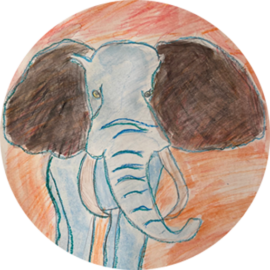Into The Soft Zone
Josh Waitzkin first became famous as a chess prodigy. He beat a grand master at ten, played draw against Kasparov at eleven and was a world champion at sixteen. The feature film Searching for Bobby Fischer is based on this early part of his life.
Then as an adult he changed tracks and went on to also become world champion in the exotic martial art tuishou (plus he has a black belt in Brazilian Jiu-Jitsu).
Oh and he was a close friend with the the legendary – and notoriously reclusive – writer / philosopher Robert Pirsig.
An interesting character.
In his mid-life autobiography The Art of Learning, Waitzkin spends a lot of ink on the subject of habits.
He describes how he came to understand that – whether good or bad – all habits fundamentally work the same way: They’re triggered by cues, put you on auto-pilot, and can be stacked into rituals.
Which means you can mindfully design cues and subsequent chains of pre-trained behaviours, to take control of your own emotional life.
For Waitzkin, these chains led to a state of mind where he could be fully present and time slowed down.
Some call that flow. Josh Waitzkin thinks of it as being in a soft zone.
The soft zone is a place where it’s possible to combine absolute concentration with being fully open to the world.
The soft zone made its first appearance in Waitzkin’s life, when as a kid he played chess in a New York park. There was always music blasting in the background and it often got on young Josh’s nerves. So he started desensitising himself by listening to the same music when he was on his own, until he could do it without waking up from the trance the game would put him in.
Later as he traded the allegorical warfare of chess for hands-on battle, he practiced tuning into the soft zone by cycling between meditation and short sessions of intense max-pulse workout.
I like the notion of a soft zone. It makes me think of the difference in how grownups and kids tend to concentrate. It’s generally easier for kids to get into “the zone”, but staying there also has a distinctly different quality.
Where adults need to protect their fragile zone with headphones, nicotine and seclusion, kids naturally invite whatever external factors the world serves up and use them creatively.
Which means that learning to get into and stay in the soft zone, is nothing less than the quest to find your way back to your inner child.
I think that’s a noble ambition, but in the end probably also the only strategy which could ever work. Whether we’re chess players, martial arts champions or simply an average Joe struggling to make life add up, we’ll be well served if we can get comfortable with being uncomfortable.
